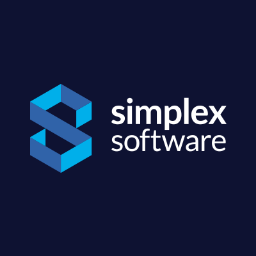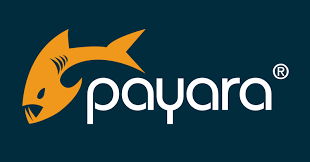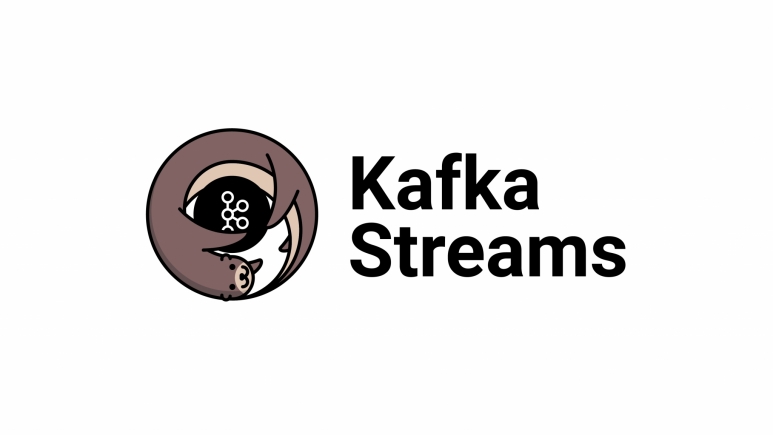In order to deploy highly available and scalable applications and services, an organization needs to be able to manage container runtimes across multiple servers. This is the role of a container orchestration engine like Kubernetes. But building and scaling Kubernetes clusters such that to run containerized services might be hard, hence the so-called container platforms like OpenShift.
Originally proposed by Red Hat in 2010 as a hybrid cloud application platform, OpenShift is currently operated by IBM Cloud, further to the purchase of Red Hat by IBM, in early 2018. Built on RHEL (Red Hat Enterprise Linux) operating system and Kubernetes container orchestration engine, OpenShift supports a very large selection of programming languages and frameworks, such as Java, JavaScript, Python, Ruby, PHP, and many others.
Jakarta EE, as the most adopted Javea enterprise-grade framework, is of course supported by OpenShift in the form of WildFly, EAP (Enterprise Application Platform, formerly JBoss), OpenLiberty, or Quarkus-based pre-built platforms. Despite the potential wealth of all of these supported programming languages and frameworks, not all of the Jakarta EE vendor solutions are included in the out-of-the-box OpenShift services catalog. This is the case with Payara as well.
While the Java enterprise developer is able to deploy in a couple of clicks on OpenShift Jakarta EE applications through integrations like Wildfly, EAP, OpenLiberty, and Quarkus, it isn't the case for Payara Platform applications, which deployment requires a bit more extra trouble. This article demonstrates how.
Blog de Nicolas DUMINIL Simplex Software - Page 5
-
IBM Cloud: Deploying Payara Services on OpenShift

-
Integration Tests With Arquillian Extensions on the Payara Platform

Arquillian is one of the most classical integration test frameworks for JVM (Java Virtual Machine)-based applications, currently maintained by Red Hat. Its main particularity consists in the fact that, in order to facilitate integration testing through the maven lifecycle, it allows the deployment of the tested applications on an embedded, managed, or remote Jakarta EE-compliant container, like Payara.
-
Kafka Integration with Spring Cloud

Spring Cloud is a Spring project which aims at providing tools for developers helping them to quickly implement some of the most common design patterns like configuration management, service discovery, circuit breakers, routing, proxy, control bus, one-time tokens, global locks, leadership election, distributed sessions and much more.
One of the most interesting Spring Cloud sub-projects is Spring Cloud Streams which provides an annotation-driven framework to build message publishers and subscribers. It supports the most recent messaging platforms like RabbitMQ and Kafka and abstracts away their implementation details.
This project is demonstrating Spring Cloud Streams with Kafka platforms.